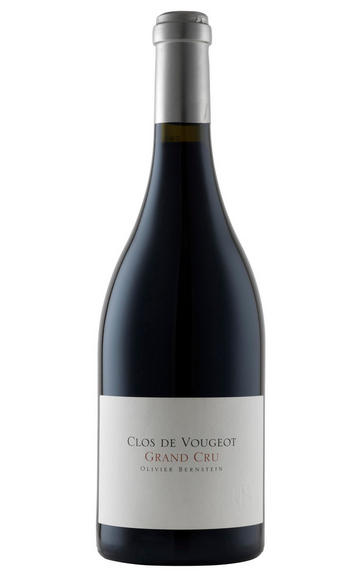
2014 Clos Vougeot, Grand Cru, Olivier Bernstein, Burgundy
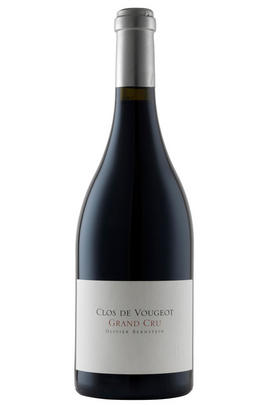
Critics reviews
Neal Martin - 31/10/2017
Jancis Robinson MW - jancisrobinson.com
About this WINE
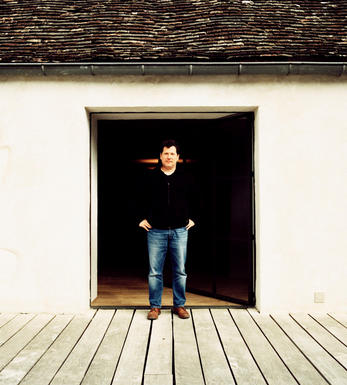
Olivier Bernstein
Much has changed in Burgundy, both economically and climatologically, since Olivier Bernstein began his eponymous project with the 2007 vintage. Yet the aim here remains essentially the same: to produce wines of the highest possible quality and to forego nothing in a quest to create elegant, sensual and refined wines that can sit comfortably among the top wines of Burgundy.
It is this quest for perfection that has seen Olivier cease production of two of his Premiers Crus in order to focus on his domaine holding in Champeaux, and the seven Grands Crus which are now well established in the range: Charmes-Chambertin; Mazis-Chambertin; Chambertin Clos de Bèze; Chambertin; Clos de la Roche; Bonnes Mares; and Clos de Vougeot.
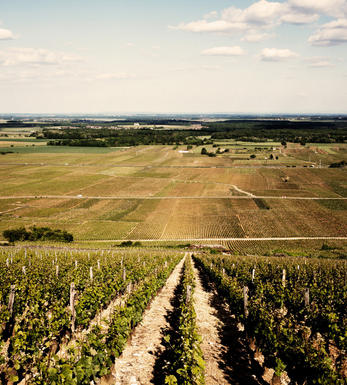
Vougeot
Most of the wine produced in this small village comes from a single, walled Grand Cru vineyard, the famous Clos de Vougeot. The vineyard in its present form dates from 1336 (when it was first planted by monks of Cîteaux), although it was not until the following century that it was entirely enclosed by stone walls.
Clos de Vougeot is both the smallest commune and the largest Clos in the Cote d’Or. It consists of 50 hectares of vineyards shared among 82 owners, with six soil types. There is quite a difference in quality between the upper (best) and lower (least fine) parts of the vineyard, though in medieval times a blend from all sectors was considered optimum.Le Domaine de la Vougeraie makes a very fine white wine from Le Clos Blanc de Vougeot, first picked out by the monks of Cîteaux as being suitable ground for white grapes in the year 1110.
- Five hectares of village Vougeot
- 12 hectares of Premier Cru vineyards (four in all): Les Cras, Les Petits-Vougeots, Clos de la Perrière and Clos Blanc de Vougeot
- 51 hectares of Grand Cru vineyard – Clos de Vougeot
- Recommended producers: Domaine de la Vougeraie, Domaine Bertagna, Engel, Anne Gros, Grivot, Liger-Belair, Meo-Camuzet.
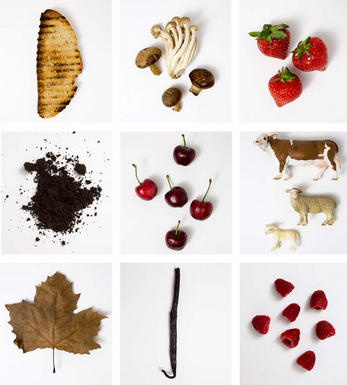
Pinot Noir
Pinot Noir is probably the most frustrating, and at times infuriating, wine grape in the world. However when it is successful, it can produce some of the most sublime wines known to man. This thin-skinned grape which grows in small, tight bunches performs well on well-drained, deepish limestone based subsoils as are found on Burgundy's Côte d'Or.
Pinot Noir is more susceptible than other varieties to over cropping - concentration and varietal character disappear rapidly if yields are excessive and yields as little as 25hl/ha are the norm for some climats of the Côte d`Or.
Because of the thinness of the skins, Pinot Noir wines are lighter in colour, body and tannins. However the best wines have grip, complexity and an intensity of fruit seldom found in wine from other grapes. Young Pinot Noir can smell almost sweet, redolent with freshly crushed raspberries, cherries and redcurrants. When mature, the best wines develop a sensuous, silky mouth feel with the fruit flavours deepening and gamey "sous-bois" nuances emerging.
The best examples are still found in Burgundy, although Pinot Noir`s key role in Champagne should not be forgotten. It is grown throughout the world with notable success in the Carneros and Russian River Valley districts of California, and the Martinborough and Central Otago regions of New Zealand.


Buying options
Add to wishlist
Description
Very dense purple with a bright, energetic nose, this has some bramble fruit and dark cherry notes. The wine is very tightly knit yet beautifully rich. While creamy, thick, dark fruits roll gently across the palate and the tannins show a fine, ripe and rounded personality, this 2014 Clos Vougeot is quite backward and quite firmly structured, with good, clean acidity defining the finish. The Berry Bros. & Rudd team consider this Olivier’s finest Clos Vougeot to date.
Jasper Morris, MW - Wine Buyer
wine at a glance
Delivery and quality guarantee